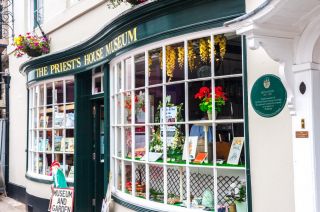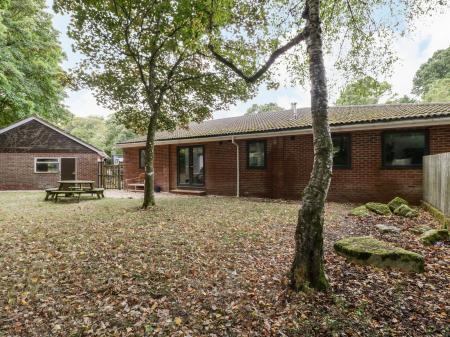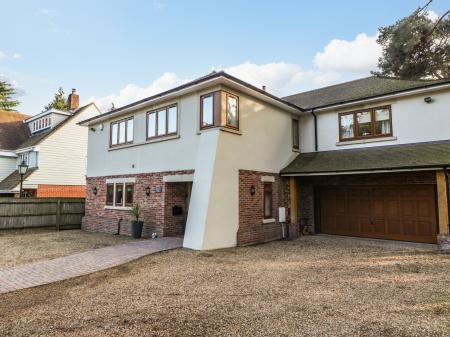
Cuthburga's nunnery grew to become a very sizeable establishment, the home of over 500 nuns, but it was destroyed by a Danish raid in 1013 and was never rebuilt. The current Minster was built on the site of the Saxon nunnery church. At least two Saxon kings were buried in the Minster church; Ethelred (d. 871) and Sifferth (d. 962).
The town is centred on the wonderful Norman church, which dates to the 12th century but has additions from throughout the medieval period. In the chancel is a memorial to Ethelred, brother of Alfred the Great. Ethelred was killed at the Battle of Merton and buried in the Minster.
Among the many historic treasures of the Minster is The Chained Libary, founded in 1686 and containing over 400 leather-bound books, many of them over 300 years old. Aside from the Chained Library, perhaps the most famous feature of the Minster is the Quarter Jack, a painted figure set into the north face of the tower, which strikes the quarter hour on a pair of small bells.
As for the town itself, it is largely Georgian in character. During the medieval period, it was a centre for the cloth industry. In 1497 Lady Margaret Beaufort, mother of Henry VII, founded a grammar school here. The school was re-endowed by Elizabeth I in 1562 and is still named for her.
The Cornmarket building in the centre of town stands on the site of a medieval marketplace. Nearby is Priest's House Museum and Garden, situated in one of the oldest buildings in Wimborne. The museum recreates the lives of people who lived and worked on the site over the centuries.
There was a leper hospital here in the Middle Ages. The site of the hospital was where St Margaret's Almshouses now stand. The Square stands on the site of a charnel pit for the now-vanished church of St Peters. The site of the church is where the Town Hall now stands.
There is a fine 13 acre historic garden at Deans Court, and Walford Mill, a restored 18th-century flour mill. Visit the Museum of East Dorset Life on the High Street, and the beautiful stately home of Kingston Lacy, three miles distant.
 We've 'tagged' this attraction information to help you find related historic attractions and learn more about major time periods mentioned.
We've 'tagged' this attraction information to help you find related historic attractions and learn more about major time periods mentioned.


